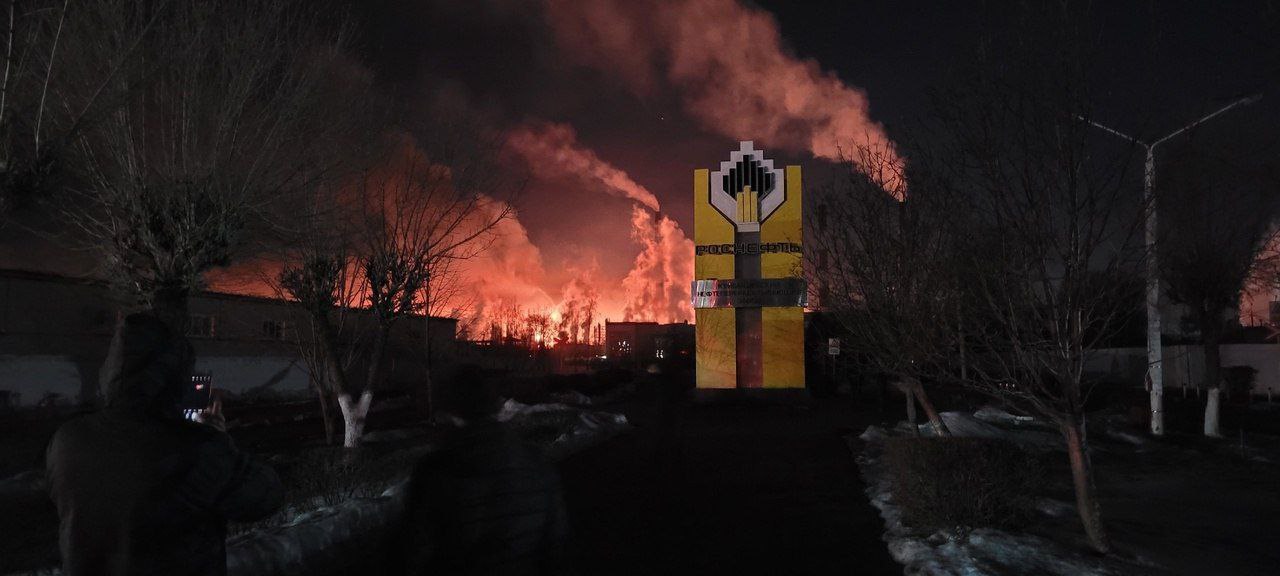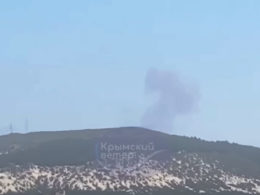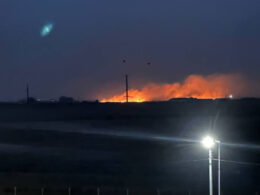The Institute for the Study of War (ISW) reported on 31 March that Russia is facing challenges in its efforts to form mobile fire groups to counter the Ukrainian drone strikes.
The Russian military command’s decision to form the mobile fire groups is likely in response to the recent intensification of Ukrainian drone strikes against Russian oil refineries and other critical infrastructure supporting Russia's war effort in February and March, according to the ISW.
The Russian state outlet Izvestia reported on 29 March, citing Russian military sources, that Russia will equip the forming mobile fire groups with thermal imagers, electronic warfare (EW) systems, and machine guns mounted on pickup trucks.
However, the Russian outlet did not report where the Russian military intends to field the mobile fire groups or the size or echelon of these groups.
Russian outlet reported that the Russian mobile fire groups are similar to Ukrainian tactical mobile fire groups, which the Ukrainian military started to deploy at scale in the spring of 2023 to defend against routine Russian Shahed-136/131 drone strikes.
The report suggests that Russia's decision to form mobile fire groups may be due to its inability to deploy conventional air defense systems effectively. It states, "The formation of the mobile fire groups indicates that Russia may be unable to deploy conventional air defense systems, such as Pantsir-S1 or S-300 /400 systems, to all critical facilities within western Russia."
The ISW report concludes by expressing skepticism about Russia's ability to field these mobile fire groups at the required scale, stating, "Russian forces will be more likely to successfully field mobile groups within occupied Ukraine, where there is relatively less airspace to cover and fewer possible Ukrainian flight vectors for Ukrainian drones, than within western Russia.”
“Russian forces appear to struggle with properly deploying short-range air defense systems along expected flight vectors for Ukrainian drones, and the Russian military appears to have even failed to cover important potential targets in reportedly well-defended areas within Russia.”
Other takeaways from the report:
- Ukrainian President Volodymyr Zelensky indicated that delays in American security assistance have forced Ukraine to cede the battlefield initiative, not contest the battlefield initiative, and continue to threaten Ukraine’s defensive capabilities.
- Russian missile strikes destroyed one of the largest thermal power plants in Kharkiv Oblast on 22 March, as continued delays in US security assistance degrade Ukraine’s air defense umbrella and increase Russia’s ability to significantly damage Ukraine’s energy grid.
- Russian forces are demonstrating technological and tactical adaptations and are increasingly using unmanned ground vehicles (UGVs) on the frontlines of Donetsk Oblast.
- Russian authorities continue to escalate legal pressure against migrants in the wake of the 22 March Crocus City Hall attack, prompting both Russian authorities to increase deportations and migrants to voluntarily leave Russia.
- Russian mobilized personnel continue to suffer high casualties while fighting in Ukraine.
Read also:
- Ukraine destroys 9 out of 16 Russian missiles, 9 out of 11 drones overnight
- France to send European equivalent of American Patriot Aster 30 missiles to Ukraine
- UK Intel: Russia recruits 30.000 fresh troops every month to fight Ukraine





